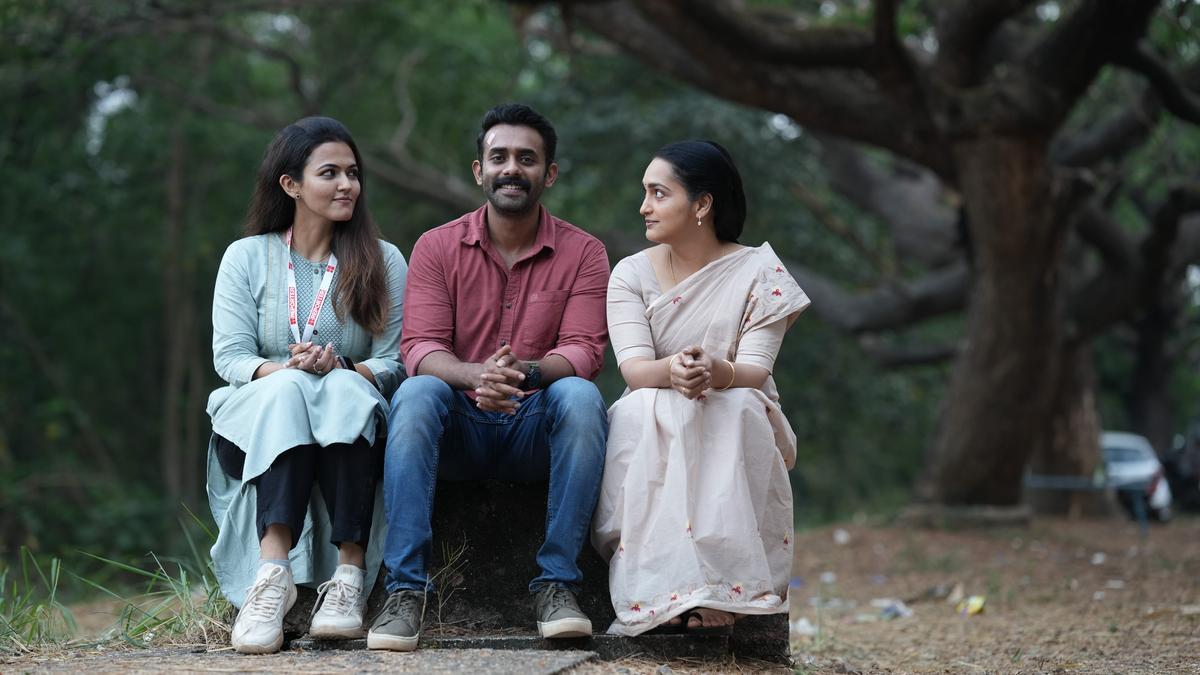
The 1980s bore witness to the evocative and provocative brilliance of Amar Singh Chamkila, born Dhani Ram, originating from a Dalit Sikh family in Punjab. His music, celebrated for its unvarnished musicality and audacious lyrics, delved into taboo topics such as incest and illicit love while resonating with the societal and class grievances prevalent amongst the laboring communities of the North. The zenith of his fame met a tragic end on March 8, 1988. Chamkila, alongside his wife and stage partner Amarjot and two other ensemble members, was fatally shot by unidentified attackers in Mehsampur, leaving a mystery that remains unresolved amidst the violent insurgencies that entangled the state at the time.
This poignant saga has been previously explored, most notably in Kabir Singh Chowdhry’s experimental “Mehsampur” (2018). Taking a new spin on Chamkila’s tale is Imtiaz Ali, who, together with his sibling Sajid Ali, presents a colorful portrayal of the enthralling but troubled artist in his latest cinematic piece.
Ali’s vivid interpretation doesn’t aim to unearth new insights or settle the swirling whispers about Chamkila’s controversial existence. Instead, it unfolds as an exuberant ode to Chamkila’s enigma. Unlike an in-depth probe, the movie offers a glimpse into the singer’s internal world, albeit presenting this facet quite late in the storyline.
A pivotal depiction occurs as Chamkila, portrayed by Diljit Dosanjh, experiences a moment of introspection following a successful Toronto concert during his 1987 international tour. The scene suggests a hidden melancholy, a cryptic sense of loss behind Chamkila’s otherwise triumphant facade, questioning the comfort he felt with his sudden celebrity, aligning him with the ‘Elvis of Punjab’ epithet caste upon him.
Ali artfully structures the narrative, commencing with Chamkila’s murder and masterfully interweaving past with present, rumors with reality, through a montage of striking images and a resonating soundtrack that blends traditional melodies with contemporary undertones. However, following this arresting introduction, the film transitions to a more conventional chronicle of Chamkila’s journey.
From humble beginnings as a mill worker, Chamkila’s ascent to stardom unfolds on-screen as he navigates through the ranks of regional music, eventually emerging as a celebrated performer. His partnership and subsequent marriage with Amarjot, played by Parineeti Chopra, add a layer of complexity to his narrative, given their divergent caste backgrounds and Chamkila’s concealed previous marriage.
The film does not shy away from portraying the ominous forces that pervaded Punjab during the 80s. Religious zealots and political extremists imposed their will on societal norms, casting Chamkila as a rebel whose work was contentious and inviting danger. Moments of intimidation by these entities against Chamkila encapsulate the fraught atmosphere he operated within.
Despite the darker elements of Chamkila’s story and context, Ali’s interpretation largely maintains a lighter mood, greatly attributed to A.R. Rahman’s captivating music which embellishes the tale without stirring controversy. Diljit Dosanjh’s tender enactment of Chamkila carries a poignant authenticity, if not entirely capturing the more complex shades of Chamkila’s persona visible in rare photographs.
Although the central narrative revolves around Amar Singh Chamkila, the film lends significant weight to the characters influenced by him, painting a portrait of a figure who commanded both reverence and jealousy. The vérité-style interjections from those brushed by Chamkila’s fleeting flame are indicative of his far-reaching impact.
Currently available on Netflix, this cinematic venture into the life of Amar Singh Chamkila stands as a testament to an individual who left an indelible mark on the musical landscape and the collective memory of those who embraced his artistry. As with many great artists, Chamkila becomes a beacon around which stories of various hues seem to gravitate, illuminating the complexity of both his times and his legacy.










